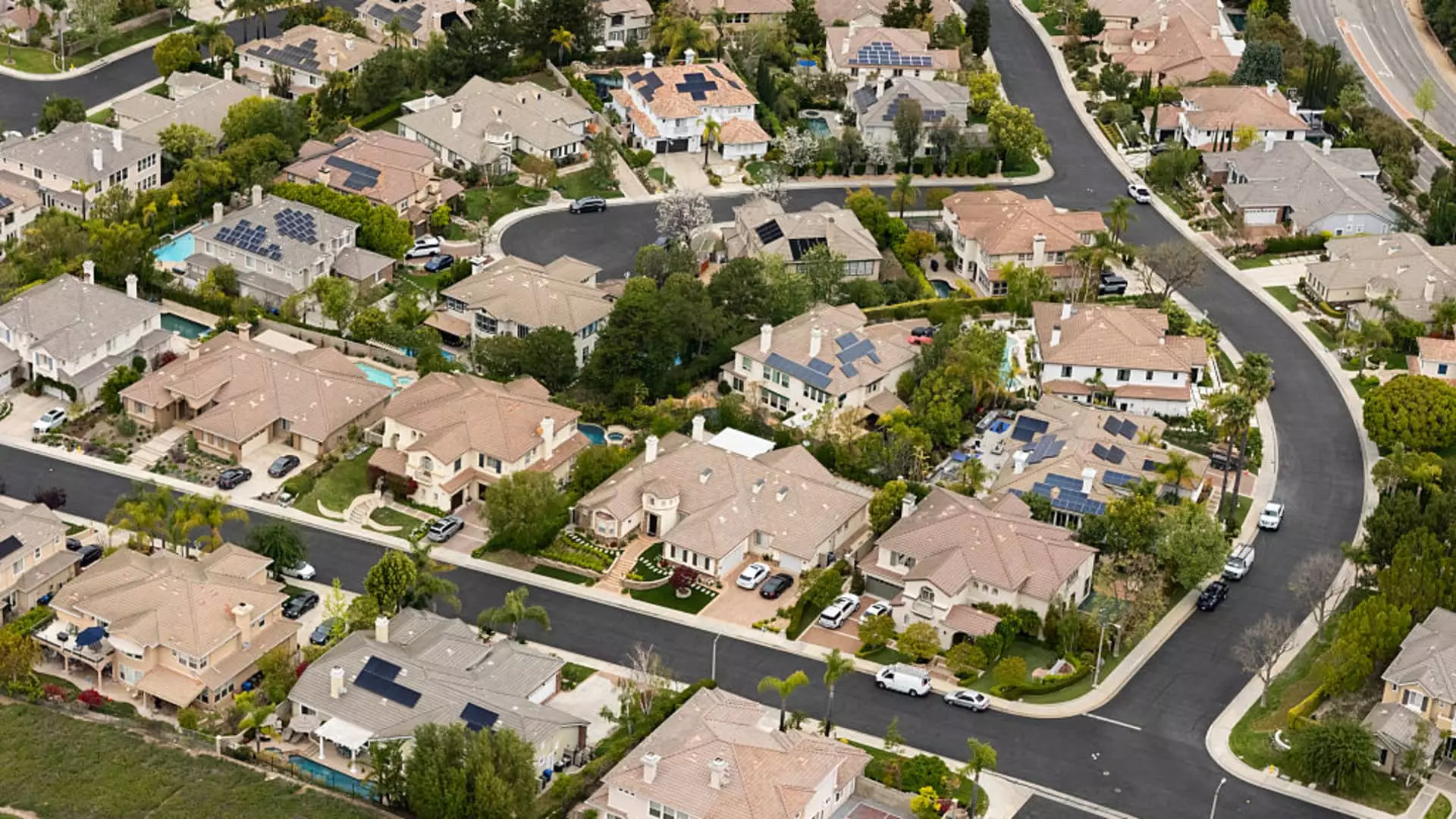In recent projections, Goldman Sachs warns of an ominous slowdown in the housing sector that threatens to drag down the broader economy in the latter half of 2024. This isn’t merely a cyclical downturn; it signals fundamental shifts that could reshape economic expectations for years to come. Residential investment—a critical component of economic vitality—feels the pinch of declining affordability and demographic shifts, casting doubt on the resilience of the current growth trajectory. If the housing market continues to falter, the entire economy risks stagnation, with ripple effects extending well beyond construction sites and real estate offices.
Affordability Crisis and Immigration Stagnation
At the heart of this decline lies a contracting housing demand, driven largely by Americans’ relative inability to afford homes. Despite persistent fantasies of a robust economy, mounting home prices coupled with stagnant wages have created a perfect storm of unaffordability. Meanwhile, immigration—a vital engine for population growth and household formation—has slowed considerably due to recent restrictive policies. As fewer newcomers establish roots, the surge of new households that typically fuels demand diminishes, undermining long-term growth prospects. This decline isn’t coincidental; it’s a strategic tightening that signals a retreat from the freewheeling expansion seen in previous decades, but it also reveals the fragility of relying excessively on demographic growth to sustain economic momentum.
The Impact of Borrowing Trends and Market Sentiment
Further complicating the outlook are shifting borrowing behaviors. The rising popularity of mortgage buydowns—where buyers pay upfront to lower their mortgage rates—serves as a stark indicator of the underlying affordability crisis. This tactic is a symptom of a deeper malaise: the market’s inability to function smoothly without artificial interventions. Additionally, a potential slowdown in the labor market looms large. Weakening job prospects threaten to squeeze household budgets further, discouraging new homebuilding and dampening investor confidence. When one considers the stubbornly depressed levels of multifamily and single-family homes being built, it becomes evident that the housing sector is in a structural freeze, reflecting a broader economic portent.
A Warning for Policymakers and Investors
This scenario underscores the importance of pragmatic policies aimed at restoring balance rather than exacerbate existing vulnerabilities. The government’s approach to immigration, housing affordability, and interest rate management will determine whether the economy can navigate these turbulent waters or fall into a prolonged stagnation. As a center-right faction, I believe fostering a more flexible market environment—reducing bureaucratic hurdles, supporting responsible lending, and encouraging supply-side reforms—could mitigate some of the damage. The current trajectory presents a sobering lesson: overreliance on demographic trends and loose monetary policies invites stagnation rather than sustainable growth. It’s a wake-up call that the foundations of economic vitality must be actively maintained, not left to drift in complacency.

